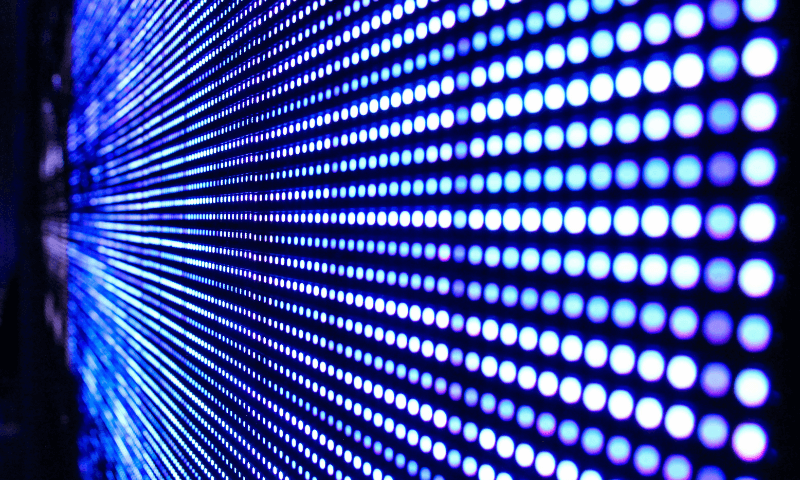LED Lights: The evolution of LED to everyday lighting
LED bulbs have revolutionized the world of lighting. Discover the evolution of this technology that continues to transform everyday lighting.

Table of contents
Nowadays, LED lights - Light-Emitting Diode - can be found in an endless list of applications: from general lighting, traffic lights, and illuminated signs to the indicator lights on electronic devices.
LED bulbs have revolutionized the world of lighting: older lighting technologies, such as incandescent and fluorescent bulbs, have lost their place and have even been banned in the European Union. However, the importance of LED technology was not always recognized.
Discover the evolution of this technology that continues to transform everyday lighting.

The first discoveries
In 1907, engineer Henry J. Round discovered the phenomenon of electroluminescence while working with silicon carbide crystals. Electroluminescence is a characteristic of some semiconductor materials that emit light in response to exposure to an electric current or field.
Twenty years later, Russian inventor Oleg Losev built on previous discoveries about electroluminescence and created the first LED. At that time, although the news spread through European scientific media, the invention was not given importance as it was not considered to have any practical utility.
The first visible light emitting diodes
In the decades following Losev's invention, many discoveries were made with semiconductors, one of the most notable being by Rubin Braunstein: diodes that emit infrared light when an electric current is applied to them.
However, it was only in 1962 that the first step towards the everyday use of LED was taken. Nick Holonyak Jr., a scientist at General Electric, created the first LED that emitted visible red light. Although initially expensive, this invention was adopted by the industry and began to be applied in electronic devices.
In the following decade, M. George Craford and his team developed brighter yellow and orange LEDs. In 1972, Herbert Paul Maruska and W. C. Rhines developed the first blue LEDs which, although not very efficient, represented a crucial step towards creating white LEDs.

Efficient blue LED - the origin of LED in lighting
In 1994, Isamu Akasaki, Hiroshi Amano, and Shuji Nakamura invented the first efficient blue LED, which later, in 2014, earned them the Nobel Prize in Physics. This discovery finally enabled the creation of white LEDs, which would be used in general lighting.
In the early 2000s, high-efficiency white LEDs were developed, gradually starting to replace traditional bulbs.
The popularity of LED bulbs was mainly due to their lower energy consumption - only a very small portion of the energy is emitted as heat, unlike incandescent or fluorescent bulbs.

LED lighting continues to be the subject of constant innovation, improving its efficiency and light quality, and integrating with other technologies to optimize its use.









